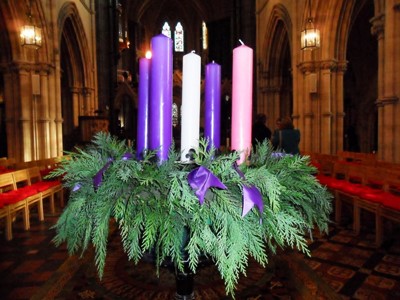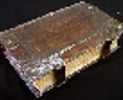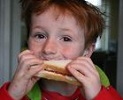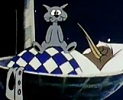
Advent is the first season of the liturgical Year and is the preparation for Christmas. The word advent itself means “arrival” or “an appearing or coming into place.” The Advent celebration is both a commemoration of Christ’s first coming and an anticipation of His second coming. As Israel longed, and still does, for their Messiah to come, so we Christians recognized he did and we long for Jesus return.
Advent while joyous is for some a “small lent” as it is seen as a time to prepare one’s heart for Christmas and for the eventual return of Christ (and the judgment He will bring to the world). Historically in preparation for baptisms and ordinations that would traditionally take place at Epiphany, just after Christmas, those presenting themselves would fast during advent, often joined by supportive friends and family. In the middle ages everyone fasted, having no meat or dairy during advent, then feasted and had a huge party for the 12 days of Christmas.
Churches that observe Advent usually decorate their sanctuaries in the liturgical colour of Advent, violet, purple (or in some cases royal blue). Some churches change the colour to rose on the third or fourth Sunday of Advent to signify a greater emphasis on the joy of the season. Today is the day many set up their Christmas Tree and start decorating it. In our household we set up the tree today and each add 1 decoration to the tree every day until Christmas Day.
Candles on the Advent Wreath
Candles symbolize the light of God coming into the world through the birth of his son, Jesus. An evergreen wreath is a made in a circle to symbolize the hope of eternal life, Jesus brings us. There are four candles, three purple or red, one rose and a fifth white one in the middle to symbolize Jesus Christ.
The first candle lit today is for Hope; Hope is like a light shining in a dark place. As we look at the light of this candle and say the advent prayers we celebrate the hope we have in Jesus Christ.

 Welcome
Welcome Calendar
Calendar Today's Word
Today's Word Lauds
Lauds Terce
Terce Sext
Sext None
None Vespers
Vespers Compline
Compline Matins
Matins